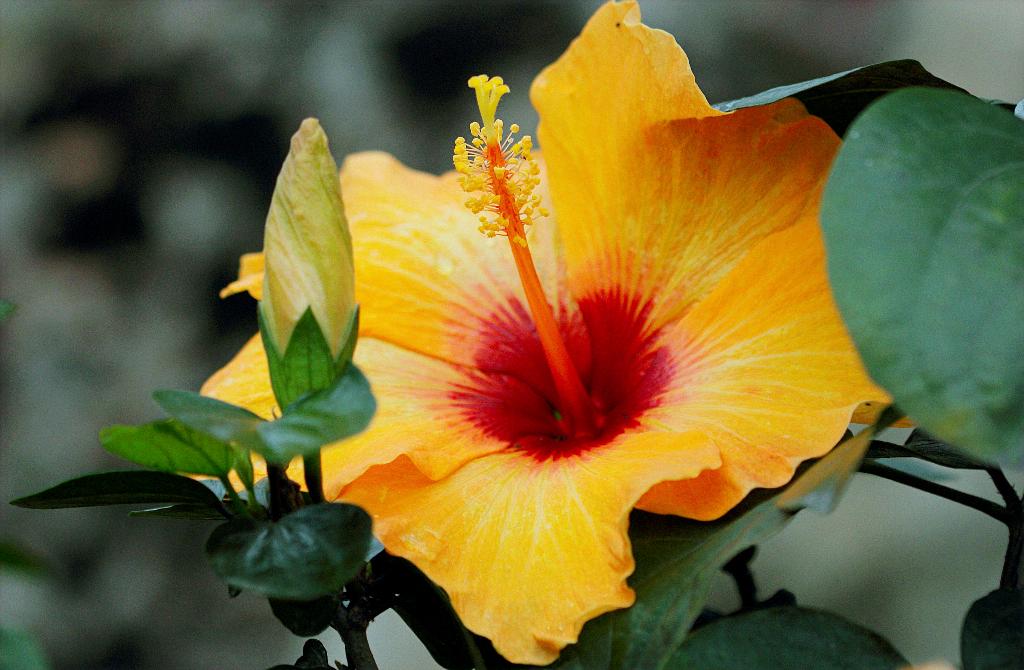As the autumn season approaches and gardening tasks begin to shift from nurturing to preparing for the colder months, the question of whether to cut back hibiscus plants in the fall arises. Hibiscus plants, known for their vibrant blooms and lush foliage, require some attention as the seasons change to ensure their health and vigor come springtime.
When it comes to cutting back hibiscus in the fall, the answer is a resounding yes. Pruning hardy hibiscus plants after they have finished flowering and have experienced a hard frost is crucial for their overall well-being. This process not only helps maintain the plant’s shape and size but also promotes new growth and blooming in the following season.
It is recommended to prune hardy hibiscus stems in late fall, once the blooming period has come to an end. The ideal timing for this task is after the plant has experienced its first frost, signaling the onset of winter dormancy. By waiting until this point, you allow the plant to naturally go into a state of rest before undergoing the pruning process.
When pruning hibiscus in the fall, it is essential to take a targeted approach. Remove any dead or diseased branches, as well as those that are crossing or rubbing against each other. This selective pruning helps improve air circulation within the plant, reducing the risk of mold and disease development during the dormant period.
While pruning your hibiscus in the fall, aim to cut back the stems to a height of about 3-6 inches from the ground. This allows you to maintain a neat appearance while providing the plant with a visible marker for its location. Leaving a short stem also helps protect the plant’s crown and provides some insulation against cold weather.
Despite the benefits of cutting back hibiscus in the fall, it is crucial to avoid over-pruning. Hibiscus plants are resilient and can withstand moderate pruning, but removing too much growth can stress the plant and compromise its ability to thrive in the following season. Always exercise caution and aim for a balanced approach when pruning your hibiscus.
By pruning your hibiscus in the fall, you set the stage for a healthier and more vibrant plant in the coming year. This process not only helps maintain the plant’s shape and size but also stimulates new growth and flower production. Additionally, pruning allows you to remove any dead or diseased wood, promoting overall plant health.
As you embark on the task of pruning your hibiscus in the fall, take the time to assess the plant’s overall condition and growth patterns. Look for any signs of pest infestations, disease, or nutrient deficiencies that may require attention. Addressing these issues during the pruning process can help improve the plant’s resilience and vitality.
After pruning your hibiscus in the fall, consider applying a layer of mulch around the base of the plant to help insulate the roots and retain moisture during the winter months. Mulching also helps regulate soil temperature and prevent weed growth, providing a conducive environment for the plant to rest and rejuvenate.
Remember that hibiscus plants are sensitive to cold temperatures, so it is essential to take the necessary steps to protect them during the winter months. In addition to pruning and mulching, consider moving potted hibiscus plants indoors or to a sheltered location to shield them from harsh weather conditions and frost.
By following proper pruning practices and providing your hibiscus plants with the care they need in the fall, you can ensure that they remain healthy and vibrant throughout the winter season. Taking the time to cut back hibiscus plants at the right time and in the right way can make a significant difference in their overall growth and blooming performance.
In conclusion, cutting back hibiscus in the fall is a beneficial practice that helps maintain plant health, shape, and vitality. By pruning hibiscus after flowering and a hard frost, you can encourage new growth, improve air circulation, and address any issues that may impact the plant’s well-being. Remember to approach pruning with care and consideration, and your hibiscus plants will reward you with a beautiful display of blooms in the seasons to come.

